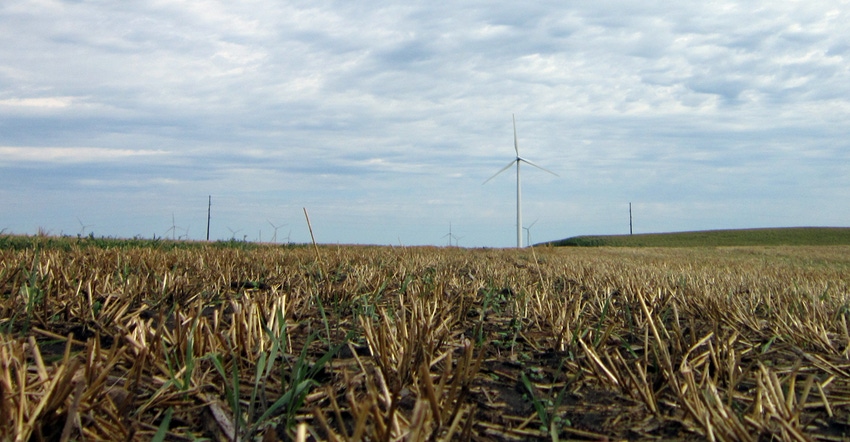May 10, 2018

By Amanda Kautz and Don Donovan
In southern Indiana, there is an opportunity for extra income from double-cropping soybeans after wheat. This system is common across the southern third to half of the state, and sometimes is tried even farther north.
In a traditional cropping system, there is the perspective that getting two crops off the same acreage in one year can reduce your per-acre overhead when spread over both crops. Think about this, though: Recent research seems to indicate there is more overall value to planting a cover crop compared to double-crop beans. How does this value present itself?
It comes in the form of increased corn yields the next year. The potential of corn yields being from 5 to 20 bushels per acre higher is real, according to farmers with experience in both double-crop soybeans and cover crops after wheat.
The trick is you can plant cover crop species after wheat that you can’t always plant after corn or soybean harvest because they require earlier planting dates. Consider using cover crop species such as buckwheat, millet, sorghum-sudangrass, sunflower and sunn hemp. Most of these are summer annual species that do well during the hot and dry conditions of late summer.
If your goal is to have living roots all winter, you may want to delay planting your cover crop until August, or consider planting two cover crops mixes on these fields: a summer mix and a fall mix. The fall mix could include oats, cereal rye, winter peas, crimson clover, daikon radish, rapeseed and hairy vetch, plus others. Species such as rapeseed, cereal rye and vetch will grow through the winter, building biomass and cycling nitrogen for the spring corn crop.
Cover crop factors
If you farm in southern or central Indiana and are deciding between double-cropping soybeans and growing cover crops after wheat, consider these factors:
• Seasonal weather conditions make double-crop soybeans unlikely to establish successfully in dry years.
• Forage may be more valuable than soybeans on livestock operations.
• Herbicide-resistant weeds are present in the current cropping system.
• The field needs a bump in soil health to get over a production slump.
• The soybean market is volatile, and it may be better to play it safe.
Diverse species mix
If you decide to plant cover crops after wheat, a diverse crop mix may be a benefit no matter where you live in Indiana.
High-biomass, multispecies cover crops planted after wheat harvest is a great way to jump-start building soil health. These species provide microbiology in the soil and will begin the process of healing the soil and building soil organic matter. That results in a more resilient capacity in the soil to deal with changing weather conditions.
The journey to building the ultimate soil health is a series of small steps. Take the next step in your journey and bring back wheat to your rotation.
Kautz and Donovan are district conservationists with the Natural Resources Conservation Service. They write on behalf of the Indiana Conservation Partnership.
You May Also Like




